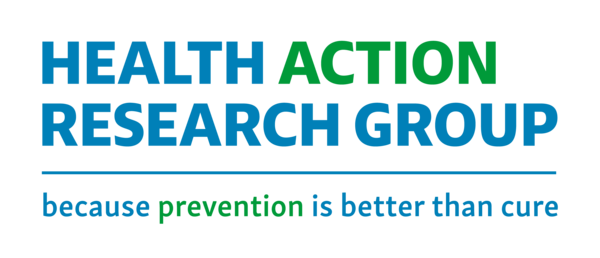More and more students are reporting mental health problems – an increasing public health challenge. So, how important is the role played by social media?
An integral part of children’s lives
We see children swiping their way through tablets before they can properly walk, on the latest social media sites throughout school and, at university, likely to sleep with their smart phones under their pillow or by their bed. With social media now so all pervasive it’s reasonable to assume it must be having some influence, whether for good or ill.
What research suggests
The most extensive recent research on the impact of social media has been in the USA, where a 2018 survey of teenagers by the Pew Research Centre suggested a mixed picture:
- 31% of teenagers surveyed saw social media as having a mostly positive effect – such as connecting with friends and family, and making it easier to find news and information and to meet others with the same interests
- 45% saw it as having neither positive nor negative effects
- 24% saw it as having mostly negative effects including encouraging bullying and rumour spreading, harming relationships, and presenting an unrealistic view of others’ lives
However, a more negative picture is presented by Jean Twenge, who has been researching generational differences for over twenty years. Here are some of her observations about the impact of social media on what she calls iGen:
- Social-networking sites like Facebook promise to connect us to friends. But the portrait of iGen teens emerging from the data is one of a lonely, dislocated generation
- This trend has been especially steep among girls. Girls use social media more often, giving them additional opportunities to feel excluded and lonely when they see their friends or classmates getting together without them
- Teens who spend three hours a day or more on electronic devices are 35 percent more likely to have a risk factor for suicide, such as making a suicide plan
She concludes, ‘There is compelling evidence that the devices we’re placing in young people’s hands are having profound effects on their lives – and making them seriously unhappy.’
However, a 2016 review of the evidence suggested that one group who may benefit from social media use is, in fact, people with serious mental illness. On balance the benefits of online peer-to-peer support (such as greater social connectedness, feeling of group belonging and the opportunity to share coping strategies) appear to outweigh the potential risks (such as exposure to misleading information and hostile or derogatory comments from others). For the small proportion of students with serious diagnosed mental illness (as opposed to more common self-reported mental distress) social media may therefore be beneficial.
What people are telling us
We have interviewed people working with young people at both school and university. Their observations suggest particular challenges for girls:
‘For girls, even if they are really balanced, the way they curate their appearance online, seeing their image as absolutely critical to their identity and sense of self, is quite recent historically and not helpful. By the age of 15 – 16 they can get exhausted, not so much with GCSEs but with keeping up the pretence - the face they present to the world versus the real them’. (Head of an independent girls school)
‘Social media encourages a false sense of what everyone else is doing – for instance, “all my friends are happy,” when you know some of their friends are also seeking help’. (Clinical Psychologist, Student Services)
‘It presents an unrealistic visual picture of what it is like to be a young woman that can be damaging, especially because for girls it is usually primarily social media, whereas for boys it tends to be social media’. (Former Head of an Inner London comprehensive)
‘An issue that tends to affect female students more is body image and eating disorders, including negative social media and also online bullying and harassment’. (Head of Counselling, a London university)
‘Thanks to social media adolescents now know how to hide eating disorders more effectively. Also, social media is a powerful source of peer pressure, now available 24/7 so you can never really get away from it, and peer pressure has always been an important influence on adolescents’. (Secondary school Head)
Delayed adolescence and adulthood
There’s another impact identified by Jean Twenge: ‘Across a range of behaviors - drinking, dating, spending time unsupervised - 18-year-olds now act more like 15-year-olds used to’. Because of social media, are today’s undergraduates less independent and equipped with coping skills than their predecessors? If so, this might also help explain the significant reported increase in student mental distress (stress, anxiety, panic, worry, loneliness, feeling unsupported and overwhelmed).
What action is needed
Our three suggestions are:
• Reclassify social media platforms as publishers, to ensure they take more responsibility for their content (including content relating to eating disorders and self harm)
• Use peer influence positively to help young people take a more realistic view of social media (e.g. sixth formers with younger pupils and university students with sixth formers)
• More initiatives like Scroll free September
Natasha Airey August 2019
This article first appeared as a blog published on the Royal Society for Public Health website
